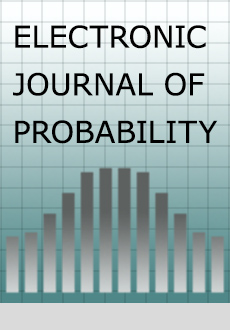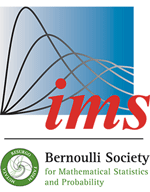Abstract
A coagulation model on a finite spatial grid is considered. Particles of discrete masses jump randomly between sites and, while located at the same site, stick together according to some coagulation kernel. The asymptotic behavior (for increasing particle numbers) of this model is studied in the situation when the coagulation kernel grows sufficiently fast so that the phenomenon of gelation is observed. Weak accumulation points of an appropriate sequence of measure-valued processes are characterized in terms of solutions of a nonlinear equation. A natural description of the behavior of the gel is obtained by using the one-point compactification of the size space. Two aspects of the limiting equation are of special interest. First, for a certain class of coagulation kernels, this equation differs from a naive extension of Smoluchowski's coagulation equation. Second, due to spatial inhomogeneity, an equation for the time evolution of the gel mass density has to be added. The jump rates are assumed to vanish with increasing particle masses so that the gel is immobile. Two different gel growth mechanisms (active and passive gel) are found depending on the type of the coagulation kernel.
Citation
Wolfgang Wagner. "Post-gelation behavior of a spatial coagulation model." Electron. J. Probab. 11 893 - 933, 2006. https://doi.org/10.1214/EJP.v11-359
Information





